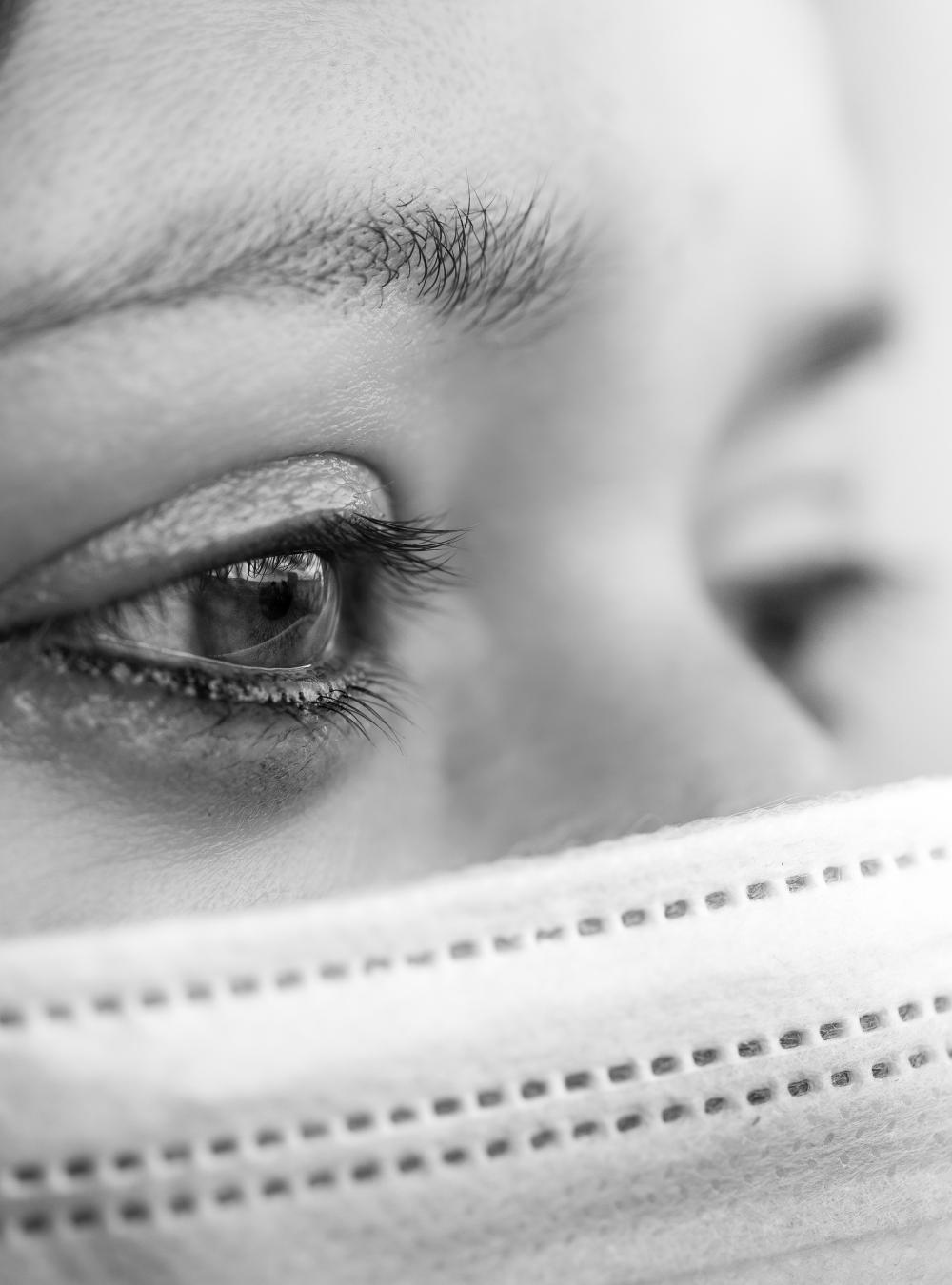Throughout the pandemic, from data analytics for business decision support to accelerating the availability of vaccines, MITRE women are fighting COVID. Our public interest mission has never been more important.

With COVID Response, MITRE Women Help Lead a Year of Innovation
To celebrate Women’s History Month and mark the one-year anniversary of the national response to COVID-19, we’re highlighting three MITRE women: Kim Warren, Lauren Quattrochi, and Kate Donovan. Their contributions throughout the pandemic have helped create new technologies and left us better prepared for disasters to come.
With the support of MITRE staff, dozens of strategic teams, our federally funded research and development centers (FFRDCs), and the COVID-19 Healthcare Coalition, these women are leading projects and teams that—one year later—are bringing us out of the pandemic and into a future of advanced therapeutics where platform technology and data science lead the way.
Building Partnerships, Changing the World
Thirty-two years at MITRE. Roles within every FFRDC. Running emergency response and preparedness for H1N1 and the avian flu. These experiences prepared Kim Warren to take on COVID-19 like a leader.
Warren, vice president and director of the Health FFRDC, worked with the COVID-19 Healthcare Coalition as it was forming in the early days of the pandemic. She established a team of partner relationship managers to help shape and grow the coalition from just a few companies to over 1,000 members.
“I was bridging my day job of running the Health FFRDC with my night job of orchestrating these partnerships,” she says. “It was critical that we align findings and tools built with the coalition to help our sponsors combat coronavirus.”
Using work from mCODE™, the MITRE Labs Health and Society Innovation Center information technology team created a minimal COVID data set, or mCOVID, to gather information from hospital electronic health records. The goal? Find effective treatments and protocols for the novel COVID-19 virus.
“The federal government, hospitals, and governors needed data on emerging best practices, therapies, and treatments, including vaccines,” Warren says.
MITRE conducted a feasibility study with the Department of Health and Human Services Office of the Assistant Secretary for Preparedness and Response to learn if pharmaceutical companies could create a vaccine, test it, and get it to the public within nine months (years quicker than ever before).
“Even with the knowledge our team has about novel ways to create drugs using messenger RNA [mRNA], there were platforms they’d never used for broad vaccine development,” Warren says.
Now, the mRNA platform can be used for rapid vaccines and drug development for rare diseases.
“Before COVID, that just wasn’t feasible,” she says. “That’s an enduring capability that was proven during this pandemic.”
Getting Vaccines Up to Warp Speed
Lauren Quattrochi, Ph.D., MITRE principal biotechnologist and medical countermeasure group lead, has been working with the Department of Defense Joint Program Office on multiple projects throughout the pandemic, including coordination with Operation Warp Speed (OWS).
Quattrochi is on the team that provides weekly case-count projection updates to DoD clinicians. These updates help the DoD and pharmaceutical companies determine where to conduct vaccine clinical trials.
Quattrochi, who is also an adjunct professor of biodefense at George Mason University in Virginia, says COVID-19 has given women visibility to lead projects critical to the nation’s pandemic response.
“The incredible community built by women through COVID-19—it’s almost like a silver-lining—that women have had this opportunity to step into the spotlight and take charge,” she says.
Quattrochi is currently taking charge of bioeconomy issues to ensure that DoD vaccine investments are secure. She’s also working to help build an advanced development manufacturing infrastructure so the country can rapidly generate vaccines for the next threat.
“We’re investing now to ensure that next time we have sufficient medical countermeasures within our strategic national stockpile,” she says.
Protecting the Bioeconomy from Data Vulnerabilities
The pandemic, coupled with China’s push to acquire our healthcare data, turned the intelligence community’s interest toward vulnerabilities within the pharmaceutical space. Kate Donovan, MITRE biomedical engineer, is task leader for a high-priority strategic project with Quattrochi on biopharmaceutics for the intelligence community.
Her work focuses on streamlining the efficiency of pharmaceutical data analysis and accelerating the creation of new data sets. She’s also helping design workshops on applying data to protect the national bioeconomy.
“Educating the intelligence community on biopharmaceutics enables them to support national security during the pandemic,” Donovan says. “Our work is one small part of a much larger ecosystem to bring resiliency and sustainability to our bioeconomy and biodefense industrial base, as part of the Great Power Competition.”
She says it’s been inspiring to see MITRE women lead the fight against COVID-19 and other aspects of the pandemic response.
“It’s been really great to work on this effort, on a woman-led team, and see this representation in STEM and defense where it’s not typically seen.”